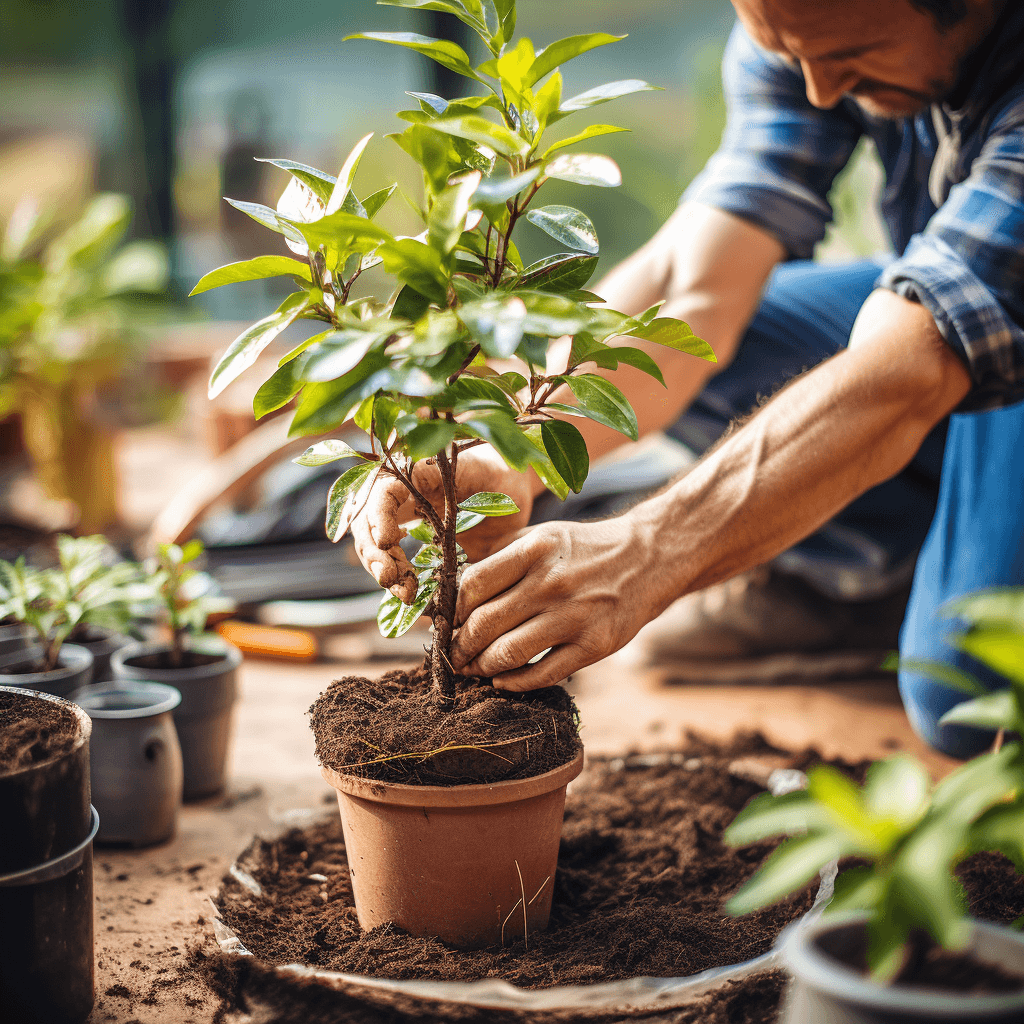Moving to a new home can be a challenging process, not just for us, but also for our beloved plants. Whether you’ve cultivated a lush garden or have a single cherished plant, ensuring their transition from one environment to another is smooth and stress-free is crucial. After all, these green companions have been nurtured with love and care, and their well-being is as essential as any other possession during a move.
Understanding the New Environment
When considering a move, especially a long-distance one, it’s vital to choose a trustworthy moving company that understands the unique needs of transporting plants. With services like Safebound Long distance movers in Florida, you can be assured that your leafy companions are in expert hands. Their experience with moving delicate items can ensure that your plants reach their new destination safely.
Before moving your plants, research the new location’s climate, soil type, and average sunlight exposure. If you’re moving to a different hardiness zone, some plants might not thrive as they did in your previous home. Prepare to make necessary adjustments like providing more shade, amending the soil, or even choosing new plants better suited to the new conditions.
Pre-move Plant Preparation
- Prune and Trim: About a week before the move, trim off any dead or unhealthy parts of the plants. This not only makes the plant look tidier but reduces the chances of diseases during transit.
- Water Moderately: While it’s essential to keep the plants hydrated, avoid watering them right before the move. Excess water can make pots heavy and lead to potential fungal issues.
- Pest Control: Check your plants for pests. The last thing you want is to introduce pests to your new garden or home. A gentle insecticidal soap can help with minor infestations.
Post-move Care
Once you’ve settled in your new home, give your plants a little extra attention. Keep them away from direct sunlight for the first few days, and gradually introduce them to their new environment. Monitor them closely for signs of stress or disease and adjust water, light, or soil as needed.
Plants: Beyond Decor to Holistic Wellness
In recent years, the importance of plants in our living spaces has been highlighted by numerous studies showcasing their benefits. From improving indoor air quality to elevating our mood, plants have proven to be more than just decorative items. According to a study published in the National Institutes of Health’s National Library of Medicine, interacting with indoor plants can reduce psychological and physiological stress. The tactile stimulation of touching and smelling these plants played a significant role in reducing sympathetic nervous system activity and diastolic blood pressure. As urban living becomes more prevalent, and outdoor spaces become limited, integrating plants into our homes and routines can be a holistic approach to wellness, offering a serene escape from the bustling outside world.
Understanding Plant Needs Post-Move

Relocating plants isn’t just about the physical move; it’s about acclimatizing them to their new environment. As you help them settle in, consider the following key factors:
- Lighting Adjustments: Some plants, used to a particular amount of sunlight, might find their new spot either too bright or too dim. Monitor them for signs of stress and adjust their placement accordingly.
- Temperature Shifts: A new home might have different insulation or heating conditions. Ensure your plants are kept in temperatures they’re accustomed to.
- Watering Changes: Different humidity levels in the new environment can affect how often you need to water your plants.
- Soil Reevaluation: Over time, plants extract nutrients from the soil. After moving, it might be a good time to consider refreshing their soil or adding fertilizer.
- Emotional Connection: Plants, like humans, can thrive with a bit of attention and love. Talk to them, play music, or simply spend time near them to foster growth and connection.
Navigating Garden Transitions
Relocating plants goes beyond the mere act of moving; it encapsulates the journey of adjusting and tuning into a new environment’s distinct features. Embracing a new gardening space is undoubtedly exciting, but it’s crucial to recognize the unique challenges each locale presents. One major factor to consider is the soil’s pH balance; it may vary from your previous garden, being either more acidic or alkaline. Environmental elements like temperature shifts, varying humidity levels, and regional pests can redefine your gardening strategies. A critical step in settling into your new garden is conducting a soil test. This test not only reveals the nutrient makeup of the soil but also sheds light on its texture and drainage properties. Engaging with local gardening enthusiasts or enlisting in community gardening groups can provide a wealth of knowledge. Their cumulative experiences, faced with the area’s specific gardening hurdles, become a treasure trove of practical advice. Furthermore, maintaining a garden diary, chronicling adaptations, changes, and daily observations, transforms into a personalized roadmap. It assists in ensuring a seamless transition for your cherished plants. Persistence and patience remain central. With consistent effort and understanding, your garden will once again resonate with vibrancy, mirroring the passion you invest in it.
Final Thoughts
Moving plants might require a bit of extra effort, but the joy of seeing them flourish in a new environment makes it all worthwhile. With proper care and the right moving services, your green companions will continue to thrive and grow, making your new place feel even more like home.

